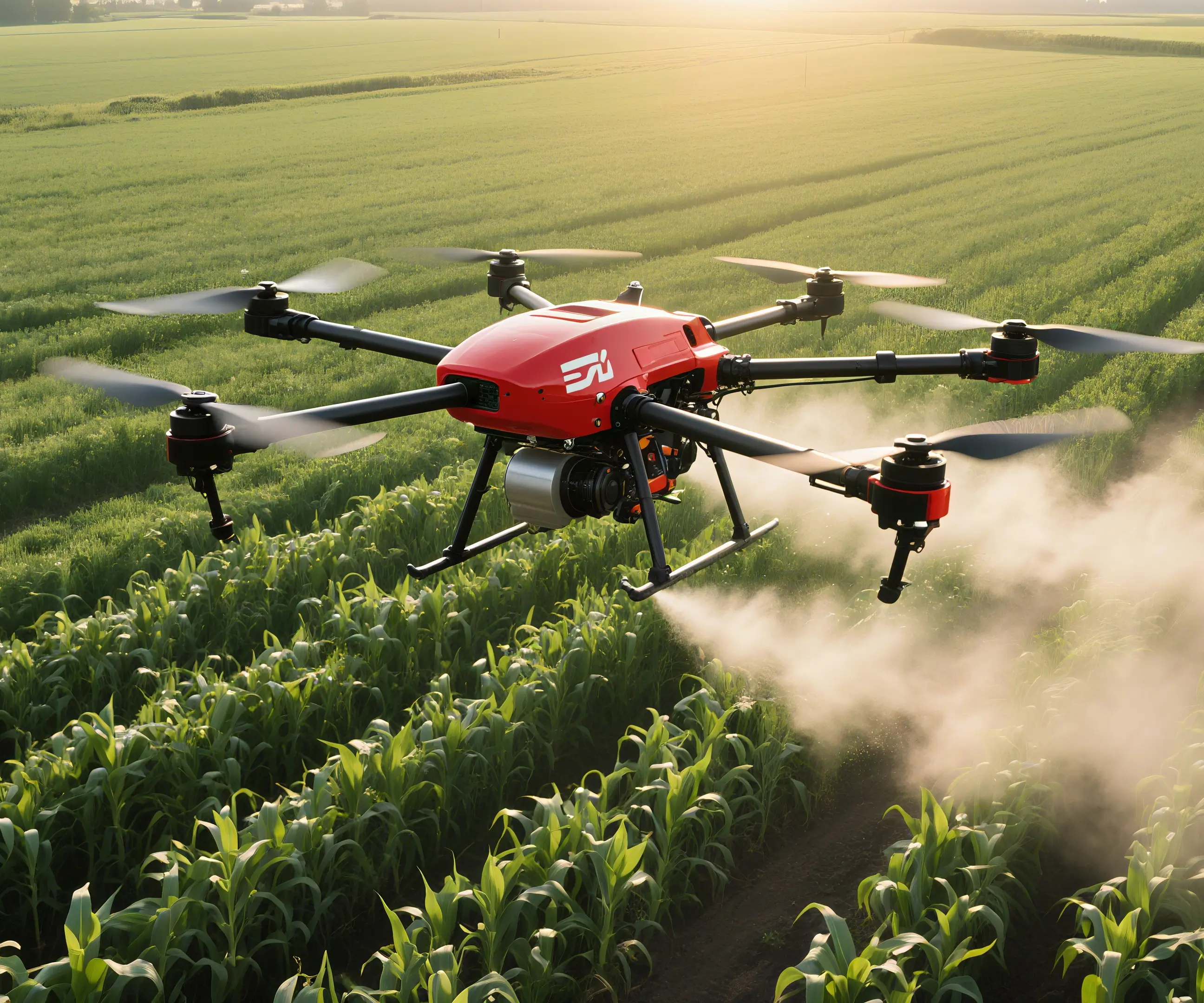Imagine you’re tinkering in your garage, eyes glued to a tiny screen, Arduino Nano humming along, and that sleek servo motor ready to bring your project to life. Sound familiar? Getting a servo motor to work with such a compact controller isn't just a task; it’s like unlocking a new level of DIY mastery.

First off, the Arduino Nano is praised for its size—itsy bitsy, yet insanely powerful. This makes it perfect for projects where space is gold. Pairing it with a servo motor? It’s a match made in engineering heaven. The servo motor itself offers precise control over position and speed, responding seamlessly to the signals sent from the Nano. Imagine creating a custom robotic arm or a mini camera stabilizer—that's where this combo shines.
One common question? How do you get these two to talk smoothly? The secret lies in understanding the power and signal requirements. The Nano doesn't take much current—so it’s essential to supply the servo with a dedicated power source, avoiding those pesky flickers or jitters. Connecting the signal wire to one of Nano’s PWM pins sets the stage for accurate control. With that setup, pushing the servo to a specific angle becomes as intuitive as a quick turn of a knob.
Here’s where it gets interesting. You can program the Nano in a flash—just a few lines of code to tell the servo to rotate from 0 to 180 degrees, or even perform synchronized movements. And because the Nano is highly compatible with standard servo libraries, customization is straightforward. Want to add sensors or push buttons? Easy. It’s like building your own control panel.
Think about the applications—drones, automated blinds, robotic pets, or even art installations. For instance, let's say you want a tiny robotic hand that can pick up small objects. That’s achievable with a servo attached to a Nano, which controls the grip precisely. There’s no need for bulky controllers—just this duo and your creativity.
And don’t forget about the durability. The servo motor's torque specifications matter—depends on your load. If you’re lifting something lightweight, a standard servo does the job. But for heavier tasks, picking a servo with higher torque helps avoid stalling or damage.
In all, combining a servo motor with an Arduino Nano unlocks endless possibilities—smart gadgets, mini robots, interactive displays—and it’s surprisingly simple once you understand the basics. Want to see your ideas come to life? This pair might just be your new best friends in the workshop.
Established in 2005, Kpower has been dedicated to a professional compact motion unit manufacturer, headquartered in Dongguan, Guangdong Province, China. Leveraging innovations in modular drive technology, Kpower integrates high-performance motors, precision reducers, and multi-protocol control systems to provide efficient and customized smart drive system solutions. Kpower has delivered professional drive system solutions to over 500 enterprise clients globally with products covering various fields such as Smart Home Systems, Automatic Electronics, Robotics, Precision Agriculture, Drones, and Industrial Automation.




































